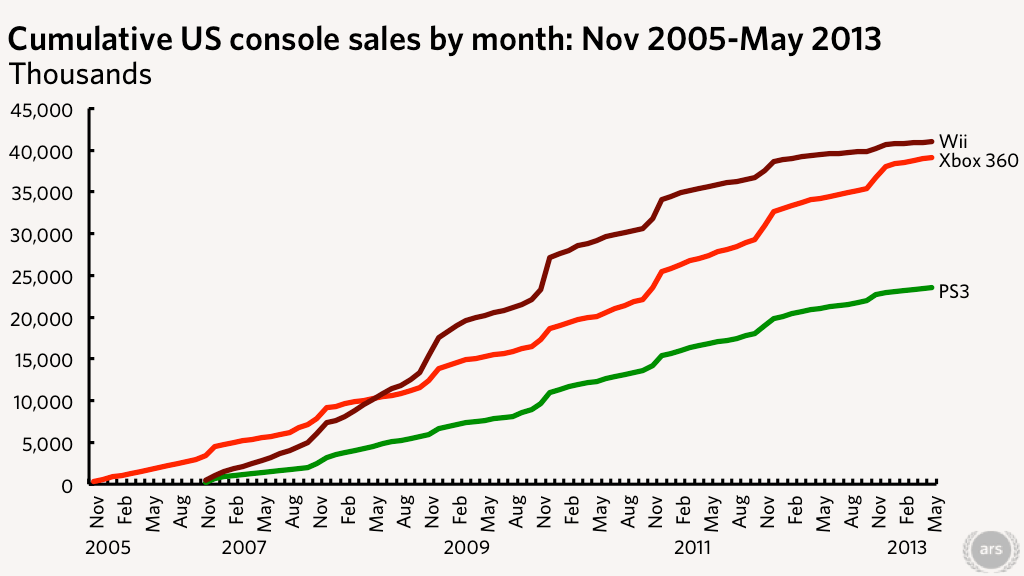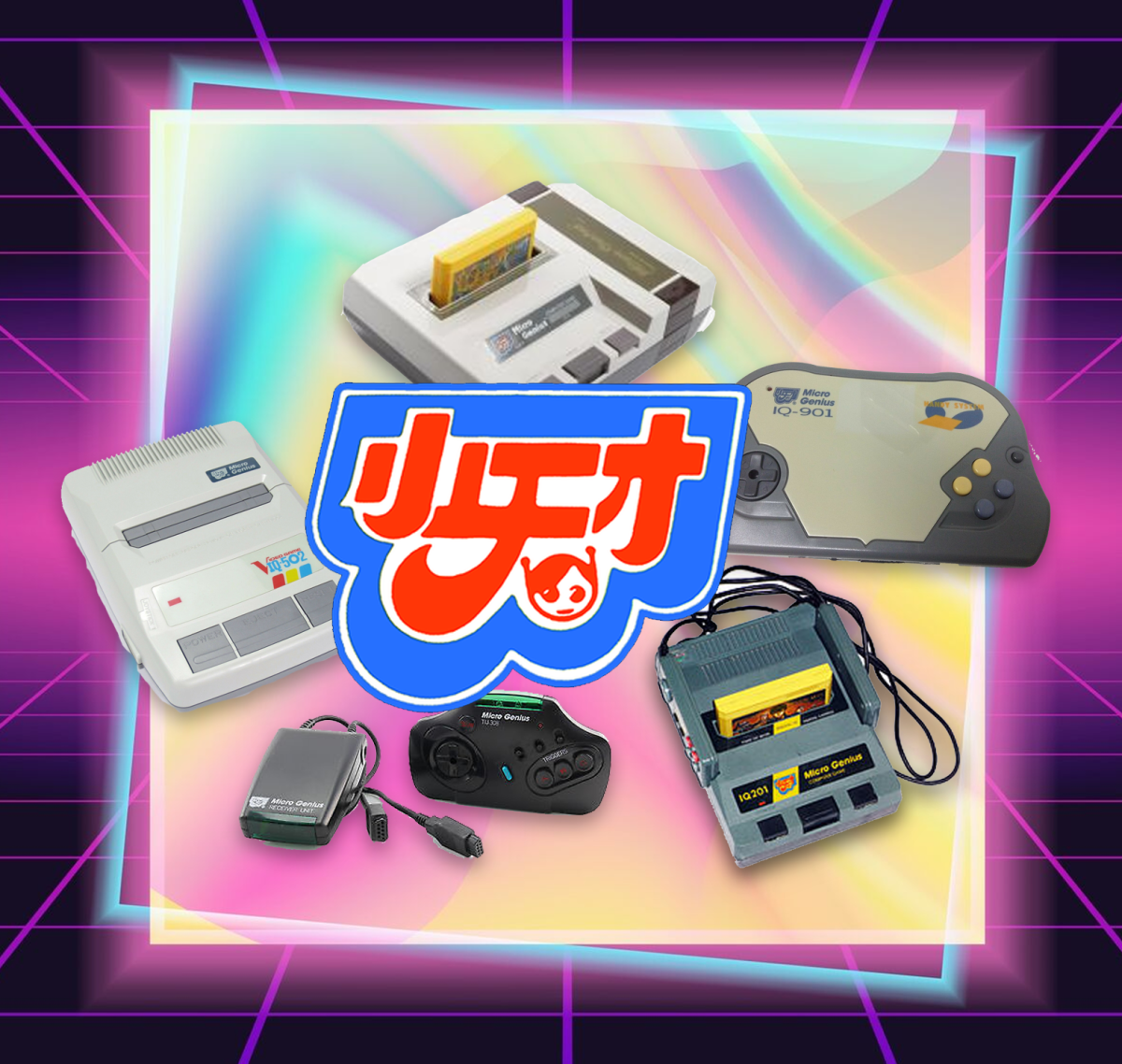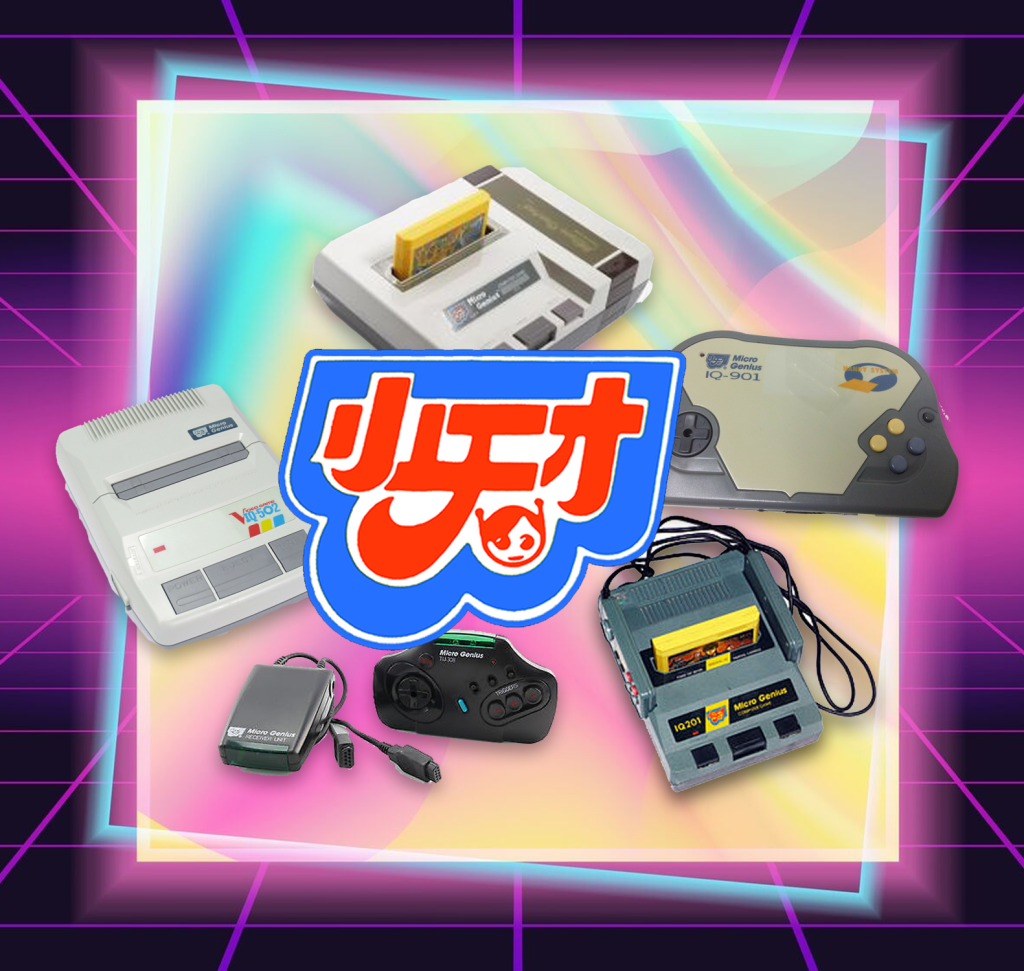This is a new feature on the blog in which we look back at some of the important landmarks of video game history and explore how they changed the video game landscape.

Today we take you back to the futuristic past of the year 2005 with the unveiling of Nintendo’s little rectangular console that would be a revolution in gaming.
IT’S THE WII

As crazy as it sounds, it’s been over a decade since Nintendo first revealed the Wii (Then called the Nintendo Revolution). Marty… we gotta go back to May 17th, 2005.
E3 2005 is in full swing, gamers are enjoying the amazing games like Resident Evil 4 at home, and the final Star Wars film will be in theaters in only a few days (YOU’VE FOOLED US AGAIN LUCAS!). Sony and Microsoft have already announced their next generations consoles the day before and Nintendo is the only major conference left. 30 minutes into the conference Mr.Iwata takes the stage and proclaims “We gave you DS, a new Game Boy, and new games to play on them. And now, you say you want a Revolution? Well, we’ve got one”, to which he pulls out the console. The next few months were filled with speculation over hardware and what to expect on the little console from Nintendo (Spoiler: Some good games, but a lot of waggle).
A snippet from Nintendo’s press release immediately after the conference:
NINTENDO’S COMPACT CONSOLE WILL TURN THE WORLD OF GAMING ON ITS SIDE
New System will be Forward-Thinking, Yet Backward Compatible
LOS ANGELES, May 17, 2005 – Each generation of video game consoles builds on the past to set new standards for the future. As the company with the strongest heritage of innovation, Nintendo redefines expectations for all next-gen systems by employing a wide-ranging strategy to attract more kinds of gamers to more kinds of games. When Nintendo’s new console, code-named Revolution, arrives in 2006, everyone will discover the meaning of All-Access Gaming.
“We will show the world what a next-gen system can be. Revolution marries the strongest heritage of innovation to the future of gaming,” says Nintendo President Satoru Iwata. “With backward compatibility and the ‘virtual console’ concept, the stylish, compact body provides maximum gaming power. It will not only take home entertainment into another dimension by expanding the definition of video games, but it also will give you access to the great history of gaming.”
“Our next console proves small in size but big on ideas,” says Reggie Fils-Aime, Nintendo of America’s executive vice president of sales & marketing. “We’re throwing open the doors of gaming to wider audiences, from casual players to hard-core gamers who live for the thrill of defeating an endless army of wireless opponents.”
One omission you’ll probably notice about the press release is the lack of comments talking about the Wii’s motion controls, which weren’t actually detailed until sometime after the console’s initial announcement. It wasn’t until The Toyko Gameshow 2005 that Nintendo announced the hallmark of the Wii, it’s unique motion controls via its sensor bar and remote like controller. At E3 2006, a year after the console’s announcement, Nintendo finally announced the change from Nintendo Revolution to Nintendo Wii, which disappointed some gamers in the end.
So why do we care? The Nintendo Wii was and is still Nintendo’s highest selling video game console to date (2nd only to Sony’s PS2) and is the first console to popularize motion controls. Today, many will brush off the Wii as passing fad or a phenomenon charged by popularity, but it really was a drastic change in the gaming landscape from one of the oldest and most prominent names in gaming. It radically changed how the company viewed gaming and what they prioritized in making their consoles. Sony and Microsoft’s secondary motion control efforts are proof of concept for Nintendo and proof that Nintendo really did create a spark.

Beyond that, the Wii introduced (or reintroduced) many to video games and expanded the community of gamer to be more inclusive than ever. Your mom was playing the Wii, your grandma was playing the Wii, your high school teacher could school your butt at Wii Golf. It was in every sense of the word a phenomenon. Wii Sports, the console bundled in game, is the best selling console game of all time and many of the console’s titles went on to remarkable success. Nintendo showed that you didn’t have to be the most powerful console on the market to be the most successful; sometimes innovation trump hardware.
Did Nintendo follow through on a revolution? In some ways yes. The Wii was a momentous video game console that will go down in history as a game changer, but certainly it didn’t have the lasting effect Nintendo would have hoped for. Nintendo squandered some of the momentum they created by tacking on needless peripherals and control options, but many games at their core benefited from the added on motion controls; games like Super Mario Galaxy, Legend of Zelda Skyward Sword and Metroid Prime 3 are shinning examples of how beloved franchises can benefit from innovation. Of course, their next move may have been their worst: the Wii U has suffered from some of the same pitfalls the Wii befell; lack of third party support, lack of a pleasing online structure, lack of new IPs, and a poor marketing presence are some of the console’s blemishes. Still, we can only look back on the Wii’s announcement as a door opening in the video game industry. Like it or not, the Wii was something special.
What do you think about the Wii? Was it just a waggle machine or was it really an innovation from Nintendo?





























 Rosalina is an interstellar observer, protector of the Lumas and friend to Mario in Super Mario Galaxy. She is mother to the Lumas, who are little star-like creatures capable of becoming new galaxies!
Rosalina is an interstellar observer, protector of the Lumas and friend to Mario in Super Mario Galaxy. She is mother to the Lumas, who are little star-like creatures capable of becoming new galaxies! Lucina is an unwavering warrior with a strong sense of justice and commitment to her family. Her power, determination and wisdom gained from watching the destruction of her world are priceless strengths as one of Fire Emblem Awakening’s many playable female protagonists.
Lucina is an unwavering warrior with a strong sense of justice and commitment to her family. Her power, determination and wisdom gained from watching the destruction of her world are priceless strengths as one of Fire Emblem Awakening’s many playable female protagonists. Samus Aran shocked the video game world at the end of the original Metroid game by revealing her gender and changing the way we think about video game characters in the process. Video game protagonists need not be male in order to be strong. Samus is a space bounty hunter in an armored suit, outfitted with a powerful blaster on the arm and extreme heat resistance.
Samus Aran shocked the video game world at the end of the original Metroid game by revealing her gender and changing the way we think about video game characters in the process. Video game protagonists need not be male in order to be strong. Samus is a space bounty hunter in an armored suit, outfitted with a powerful blaster on the arm and extreme heat resistance. Bombette is a Bob-omb who joins Mario on his quest in the original Paper Mario for the Nintendo 64. As a member of Mario’s diverse team of fighters, she has an explosive fighting style and isn’t afraid to get physical with her body slam and powerful bomb attacks. –
Bombette is a Bob-omb who joins Mario on his quest in the original Paper Mario for the Nintendo 64. As a member of Mario’s diverse team of fighters, she has an explosive fighting style and isn’t afraid to get physical with her body slam and powerful bomb attacks. – 
